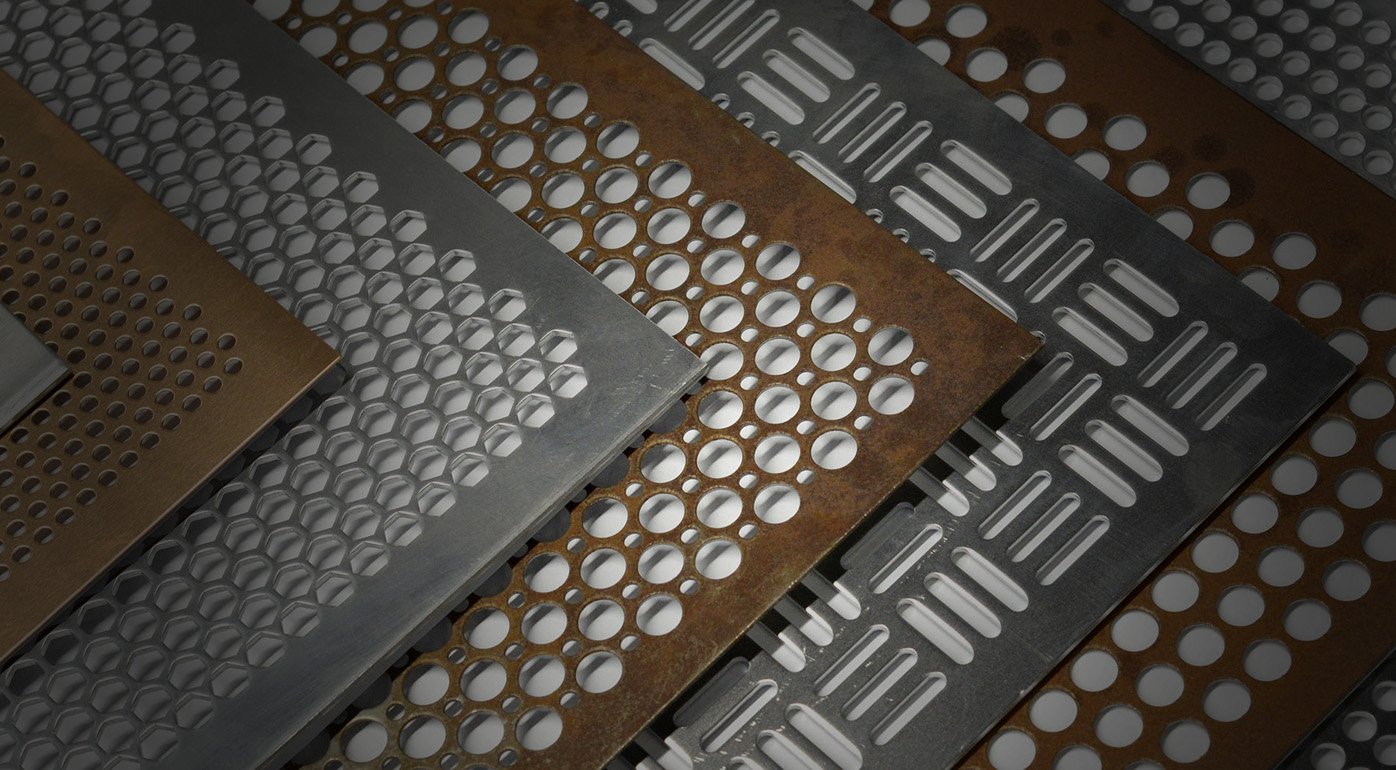Aluminum, with the symbol Al and atomic number 13, is a fascinating element that plays an important role in our contemporary world. Aluminum is one of the most commonly used metals in the world and is used in everything from soda cans to airplane components.
Science experts and enquiring minds have disagreed over whether it should be classified as a metal, nonmetal, or metalloid. To decide if aluminum is a metal, a nonmetal, or a metalloid, we will examine its features and characteristics in this blog.
Is aluminum a metal or nonmetal?
Aluminum tread plate manufacturers provide a proper guide that helps us know whether it is a metal or nonmetal. Let’s see in detail about this element.
1. Aluminum – A Metal:
Aluminium is a member of Group 13, usually referred to as the boron group, in the periodic table. It belongs to the metal family since it has traits typical of metals. Aluminum is malleable, ductile, and has a metallic luster and strong thermal and electrical conductivity. These qualities give it the flexibility to take on a variety of shapes, making it highly sought-after in sectors including electronics, transportation, and construction.
2. Aluminum’s Physical Qualities:
Aluminium is a lightweight metal with a density of 2.7 grams per cubic centimeter, which makes it perfect for uses where weight reduction is important, as in the aircraft sector. It has a boiling temperature of 4,566 degrees Fahrenheit and a melting point of around 660.3 degrees Celsius (1220.5 degrees Fahrenheit).
3. Nonmetal-like Traits of Aluminum:
Aluminum is metal. However, some people could disagree with this statement because of some of its characteristics. For instance, aluminum is less dense than common metals like iron and copper and has a comparatively low density. Its strong electrical conductivity is comparable to several nonmetals, which raises more doubts regarding its categorization.
4. The Metalloid Discourse:
The word “metalloid” refers to elements with characteristics of both metals and nonmetals. Metalloid properties may be seen in several boron group elements, such as aluminum. For instance, aluminum can create covalent compounds, a property usually found in nonmetals. Due to these contradictory qualities, some scientists contend that aluminum can be categorized as a metalloid in this context.
5. Reactivity and Oxidation:
The reactivity of metals with oxygen, which results in the creation of metal oxides, is one of their most distinctive characteristics. Due to its strong reactivity with oxygen, aluminum forms a thin coating of aluminum oxide on its surface that serves as a barrier to prevent further oxidation. This property is typical of metals and supports the categorization of aluminum as a metal.
6. Alloys and Strengthening:
To improve its mechanical qualities, aluminum is useful in alloys with other elements like copper, magnesium, or zinc. These alloys strengthens and toughness, supporting the categorization of aluminum as a metal.
Conclusion:
It becomes clear that aluminum is a metal after carefully examining its traits and qualities. Due to its metallic sheen, excellent thermal and electrical conductivity, malleability, and ductility, it belongs squarely in the periodic table’s metals group. Aluminum’s reactivity, oxide production and capacity to create alloys confirm its status as a real metal, despite the possibility that certain characteristics resemble nonmetals or metalloids.
The importance of aluminum in various sectors, including consumer products, construction, and transportation, shows the material’s availability and adaptability. Aluminum checker plate manufacturers knowledge of the substances that make up our environment is enriched as long as we continue to depend on this extraordinary element for our everyday requirements.
Thus, Aluminium is a fascinating metal with infinite applications. Its contributions to contemporary life, from the soda can in our hands to the flying aircraft overhead, are indisputable.

